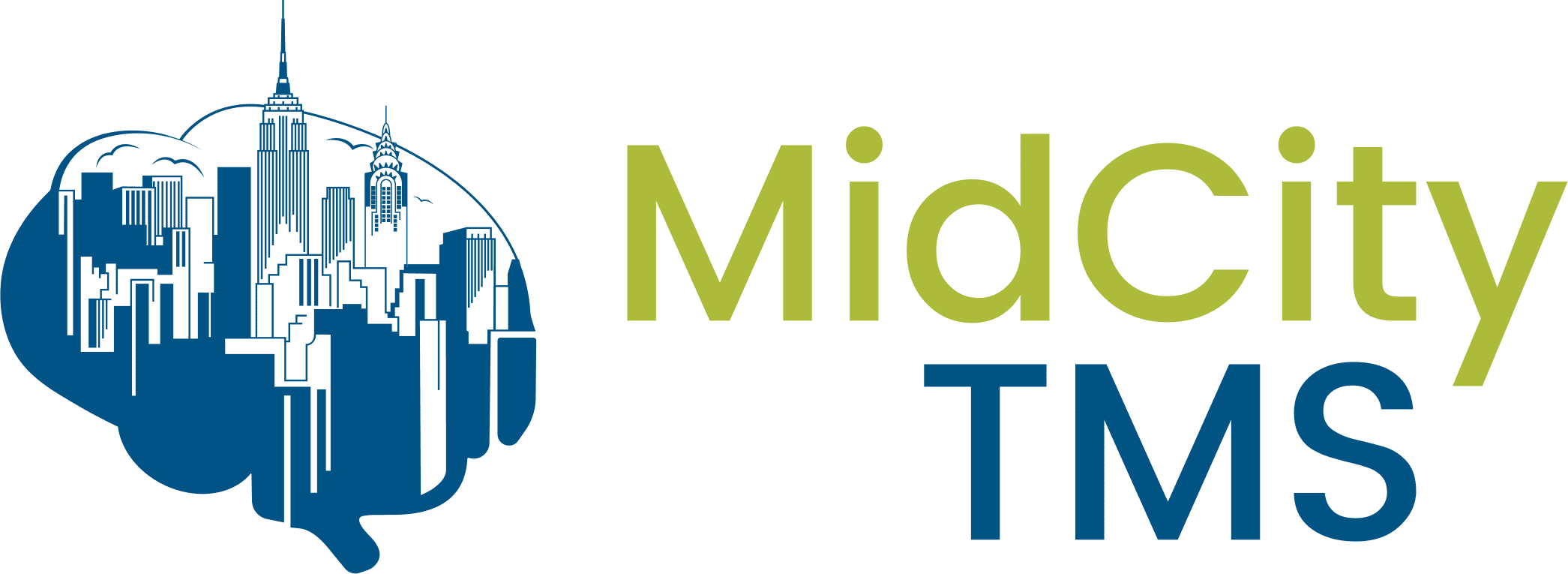The use of transcranial magnetic stimulation (TMS) on the brain has been studied in depth since the 1980s, but it’s only been since 2008 that the FDA cleared TMS as a form of depression treatment. The history of TMS goes back even further than the 1980s as the study of electrical energy and its effects on the nervous system has been around since the late 1700s. Since then, the more modern approach to TMS has proven to be effective in its ability to reduce the symptoms of depression by stimulating the brain’s prefrontal cortex. To better understand TMS and its low-risk benefits, it is important to look back at its history and see where this revolutionary form of depression treatment began.
The Early History of TMS
While TMS has come a long way in terms of technology and efficiency, its early history can be dated back to the 1790s to a number of bioelectricity experiments. Scientists at that time discovered that nerves can carry electrical energy deep within the nervous system. Luigi Galvani and Alessandro Volta are considered to be the forefathers of electrophysiology and bioelectric theory. Galvani began by conducting experiments that involved tying frog legs to an iron fence in the middle of a thunderstorm. When the lightning hit, the legs would surprisingly contract. Volta, interested in Galvani’s studies, hypothesized that this was due to external electricity that was generated by the contact between two kinds of metals. It was later proven that the body’s tissue is a source of electricity, a revelation that changed the way we understand electrical signals in the body.
In the 1830s, Michael Faraday was influential in introducing the idea of electromagnetic fields into the realm of scientific understanding. This was the principle of electromagnetic induction which predicts that a magnetic field will be able to interact with electrical circuits to create an electromotive force, the electrical action produced by a non-electrical source. By the 1870s, studies were conducted showing that low-intensity electrical stimulation to the brain revealed that the cortex held a specific map for motor functions.
Fast forward to the 1960s, and magnetic fields were now being used by scientists to stimulate human muscles. By 1985, the beginning of TMS as we know it was starting to form. Dr. Anthony Barker created the first transcranial magnetic stimulation device. His device and studies proved the influence of magnetic stimulation on the motor cortex to alter the brain’s electrical signals with the use of magnetic fields. By using TMS, Barker and his colleagues were able to produce twitching in specific areas of the human hand. This was done by applying TMS to the brain’s motor cortex in the opposite hemisphere which controls the movements of that particular muscle. To show how painless TMS was even at that time, these studies were conducted on volunteers while they were wide awake.
The History of Modern TMS
By the 1990s, studies indicated that TMS was not only safe, but also an effective treatment for depression. In 2003, Canada approved the use of TMS therapy for depression and finally, in 2008, the FDA gave its approval for TMS as well. In 2010, the American Psychiatric Association (APA) included TMS as a mainstream treatment for depression in the 3rd edition of Practice Guideline for the Treatment of Patients with Major Depression.
By 2013 a number of U.S. health insurance companies began to cover TMS therapy; currently, almost all of them provide coverage. Also in 2013, the Clinical TMS Society was formed, giving TMS providers access to extensive clinical research all across the world. This society works to optimize the administration of TMS while constantly developing and improving TMS therapy, expanding insurance coverage, educating clinicians, and raising public awareness about its powerful effects on depression. TMS is now widely used as a safe treatment for depression, especially when drugs are ineffective or produce harmful side effects.
The history of TMS has come a long way since the late 1700s. When a patient receives TMS therapy now, it’s a painless procedure that minimally affects a person’s daily routine. The patient sits in a chair with a magnetic coil placed adjacent to their dorsolateral prefrontal cortex and the coil produces a magnetic field that emits tiny electrical currents in targeted regions of the brain. These electrical currents are able to enhance the functioning in the prefrontal cortex and strengthen its ability to communicate and function with other areas of the brain that regulate mood.
Mid City TMS Today
As TMS treatment continues to gain momentum, we can look back to see how far we have come. At Mid City TMS, we are amongst the most experienced providers of TMS in the nation and use the latest TMS technology to successfully boost the moods of people suffering from depression.
As the Medical Director of Mid City TMS, I am proud to be one of the first providers of TMS in the New York City region and to have helped hundreds of patients overcome depression with this remarkable treatment. Contact Mid City TMS to learn more about how we can help eliminate your symptoms of depression today.



